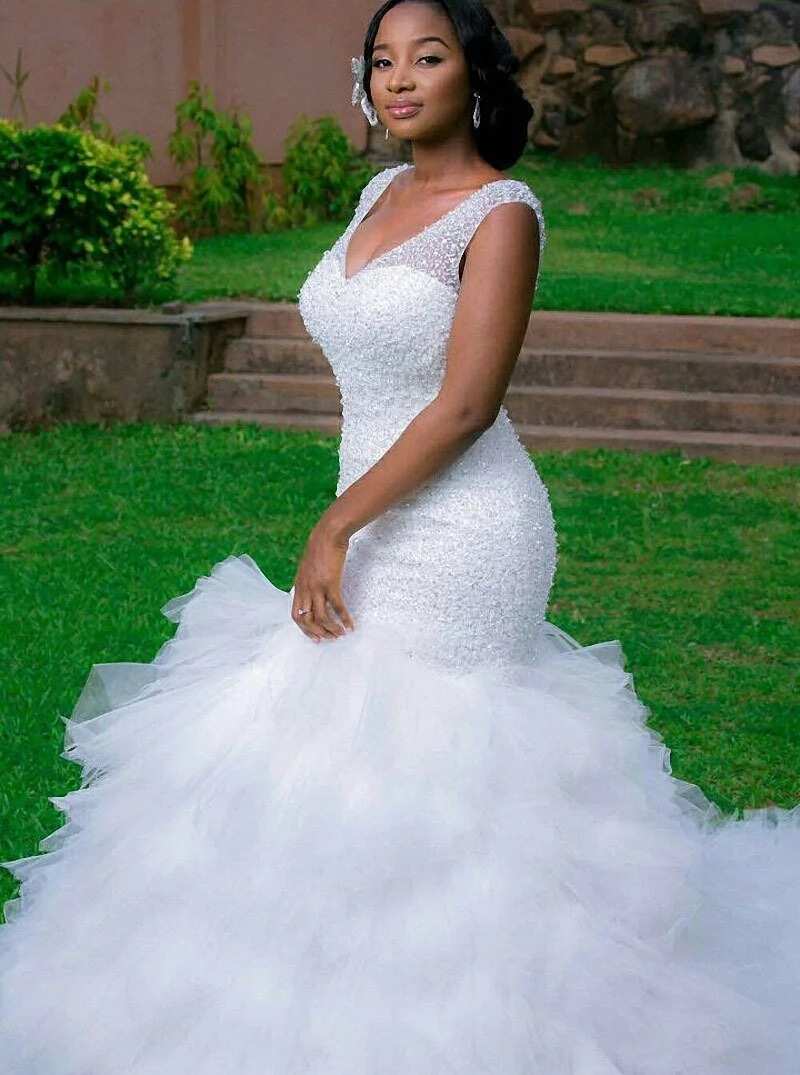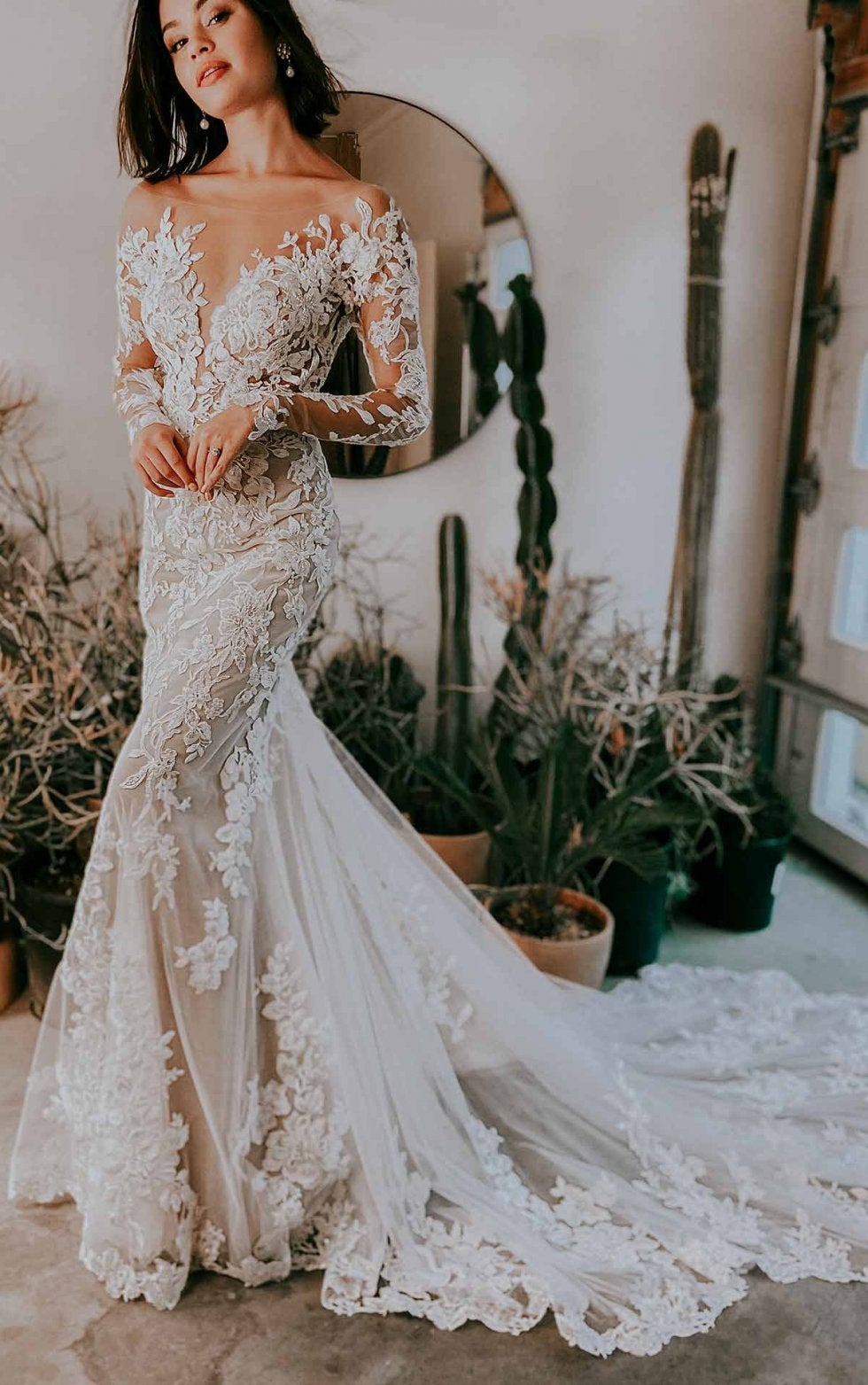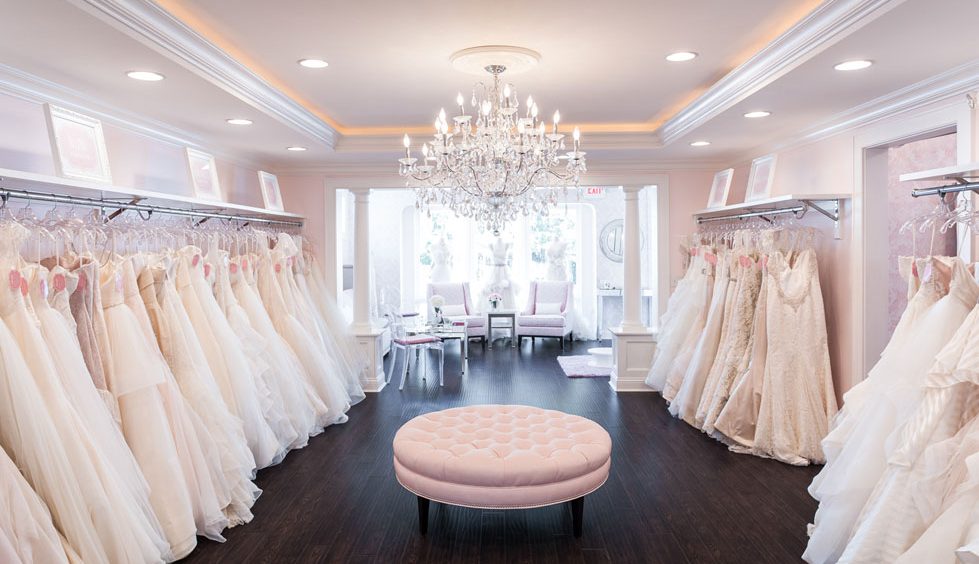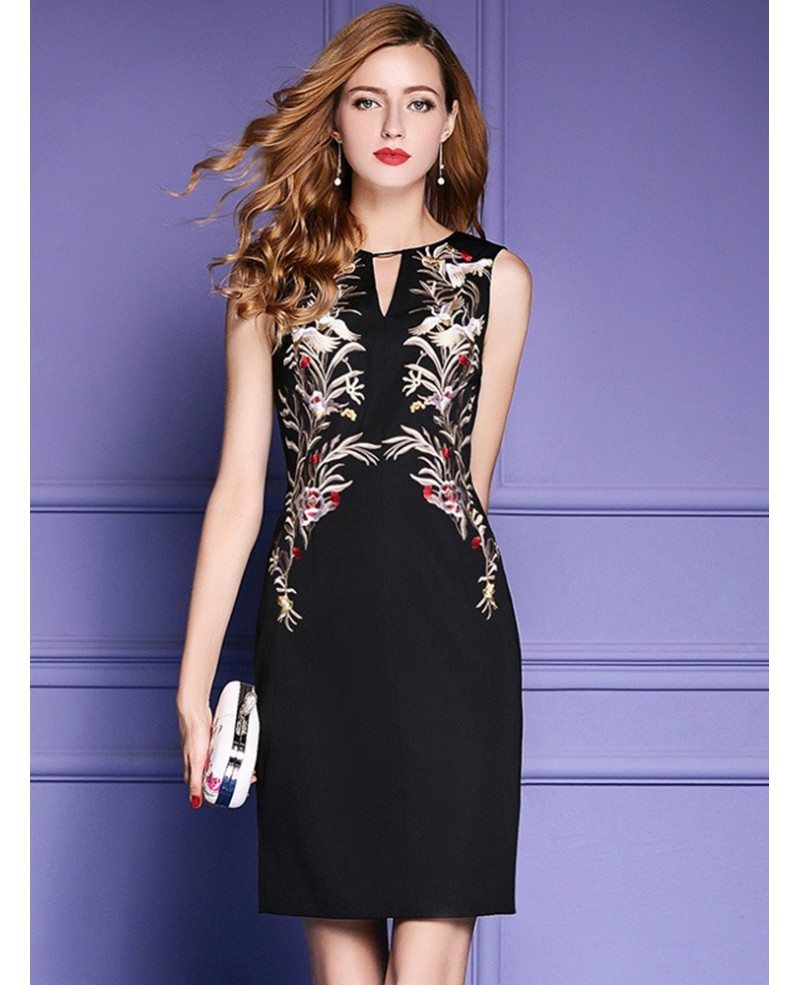What are the parts of a wedding dress
Table of Contents
Table of Contents
If you’re getting married soon, you know that finding the perfect wedding dress is essential. Every bride deserves to look and feel amazing on her big day, and the right wedding dress can make all the difference. But have you ever thought about the different parts that make up a wedding dress? From the bodice to the train, each component plays a critical role in creating the perfect look. In this article, we’ll take a closer look at the different parts of a wedding dress and their significance. Read on to learn more!
Common Pain Points with Wedding Dress Parts
When it comes to buying a wedding dress, many brides feel overwhelmed and unsure of where to start. With so many styles, fabrics, and components to consider, it can be challenging to find the perfect dress. Even once you’ve found a dress you love, there’s still the issue of alterations, which can be time-consuming and expensive. With all this in mind, it’s no wonder that many brides feel stressed and anxious about their wedding dress.
The Target of Wedding Dress Parts
The target of wedding dress parts is to help brides understand the different components that make up a wedding dress. By understanding the different parts, brides can make informed decisions about which dress styles will work best for their body type and personal preferences. Additionally, understanding the components of a wedding dress can help brides communicate more effectively with their tailor or seamstress, ensuring that alterations are done correctly and efficiently.
Main Points about Wedding Dress Parts
In summary, wedding dress parts are critical components that make up the perfect wedding dress. From the bodice to the train, each part plays a significant role in creating the overall look and feel of the dress. Understanding these components can help brides make more informed decisions about their dress and communicate more effectively with their tailor or seamstress, reducing stress and ensuring that the dress fits perfectly on the big day.
Bodice
The bodice of a wedding dress is the top portion of the dress that covers the torso. It typically includes the neckline, straps or sleeves, and the area around the waist. The bodice can be made from a variety of fabrics and can be structured or unstructured depending on the style of the dress. For brides who want a dress that accentuates their curves, a fitted bodice is an excellent choice. On the other hand, brides who want a more relaxed, bohemian style may prefer a loose-fitting bodice made from soft, flowing fabrics like chiffon or lace.
One personal experience I had with the bodice was that I originally chose a dress with a strapless bodice. However, after my first fitting, I realized that the bodice didn’t fit properly and kept sliding down throughout the day. I ended up having to have the bodice restructured to add straps, which was an additional cost and a bit stressful. Looking back, I wish I’d paid more attention to how the bodice fit during my initial try-on session.
Skirt
The skirt of a wedding dress is the bottom portion of the dress that flows out from the waist. There are many different styles of skirts, including ballgown, A-line, mermaid, and sheath. The type of skirt you choose will depend on your personal preference and body type. For example, a ballgown skirt is an excellent choice for brides who want a dramatic, fairytale look. On the other hand, a sheath skirt is perfect for brides who want a sleek, modern look.
One personal experience I had with the skirt was that I chose a ballgown skirt, but I didn’t realize how heavy it would be until I wore it for several hours. By the end of the day, my legs were sore from carrying the weight of the skirt. If I could do it over again, I would have chosen a lighter, more comfortable skirt.
Train
The train of a wedding dress is the extra fabric that extends from the back of the skirt. Trains come in many different lengths, from short and sweet to long and dramatic. For brides who want a traditional, formal look, a long train is an excellent choice. However, if you’re having an outdoor wedding or plan on dancing a lot, a shorter train may be more practical.
When I chose my wedding dress, I didn’t realize how difficult it would be to move around with a long train. During my reception, I ended up having to hold my train up to avoid tripping on it. If I could go back in time, I would have chosen a dress with a shorter train or no train at all.
Accessories
Accessories are an essential part of any wedding dress. From the veil to the jewelry to the shoes, each accessory adds a unique touch to the overall look. When choosing accessories, it’s essential to consider the style of the dress and the overall wedding theme. For example, if you’re having a beach wedding, you may want to choose sandals instead of heels.
One personal experience I had with accessories was that I initially chose a long, cathedral-length veil. However, when I tried it on with my dress, I felt like it was too much and took away from the simplicity of my dress. I ended up choosing a shorter, more understated veil that worked much better with the overall look and feel of my dress.
Question and Answer
Q: What is the most critical part of a wedding dress?
A: All parts of a wedding dress are essential, but the most critical part is the part that makes you feel confident and beautiful.
Q: How long should the train of a wedding dress be?
A: The length of the train depends on personal preference and the wedding style. For a traditional, formal wedding, a long train is an excellent choice. However, for a more relaxed or outdoor wedding, a shorter train may be more practical.
Q: How should I accessorize my wedding dress?
A: When choosing accessories, it’s essential to consider the style of the dress and the overall wedding theme. Avoid going overboard with accessories, and focus on choosing a few key pieces that complement the dress without overwhelming it.
Q: Can I alter my wedding dress to fit me better?
A: Yes, most wedding dresses can be altered to fit better. It’s essential to have alterations done by a professional tailor or seamstress who specializes in wedding dresses.
Conclusion of Wedding Dress Parts
In conclusion, understanding wedding dress parts is essential for any bride who wants to look and feel her best on her big day. From the bodice to the train to the accessories, each part plays a critical role in creating the perfect look. By understanding these components and how they work together, you’ll be better equipped to choose the perfect dress, communicate more effectively with your tailor or seamstress, and feel confident and beautiful on your wedding day.
Gallery
Image Of Wedding Dress | Wedding Dresses, Bridal Gown Styles, Wedding

Photo Credit by: bing.com / weddbook
22 Fashion Infographics You Need In Your Life In 2020 | Wedding Dresses

Photo Credit by: bing.com / anatomy gown infographics infographic leerlo vocabulary
What Are The Parts Of A Wedding Dress?

Photo Credit by: bing.com / wedding dress parts dresses styles guide style cheat bride gown types bridal different body planning know shopping need infographic simplybridal
A Chart That Every Bride-To-Be Needs To Pin | Wedding Dress Types

Photo Credit by: bing.com /
Parts Of A Wedding Dress Diagram - Wedding

Photo Credit by: bing.com /





